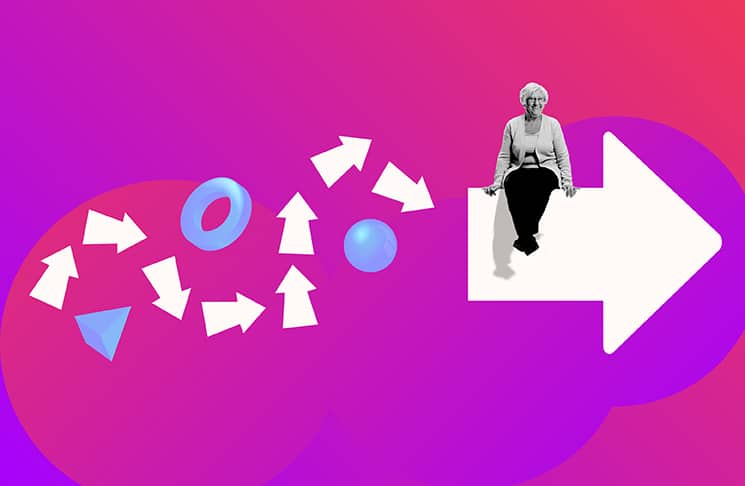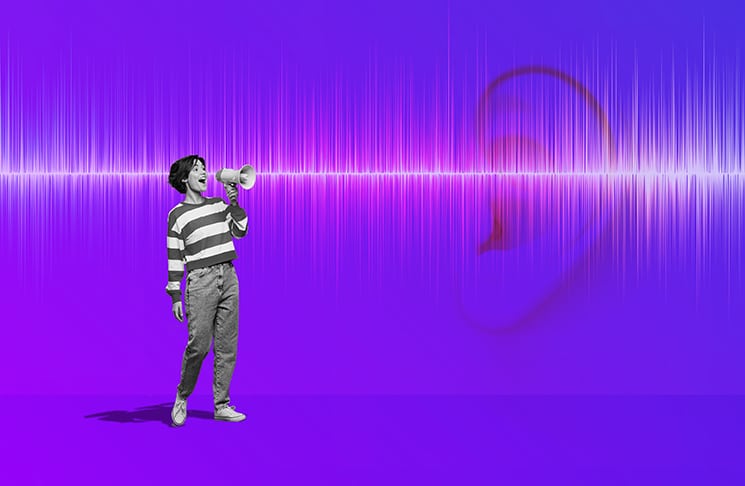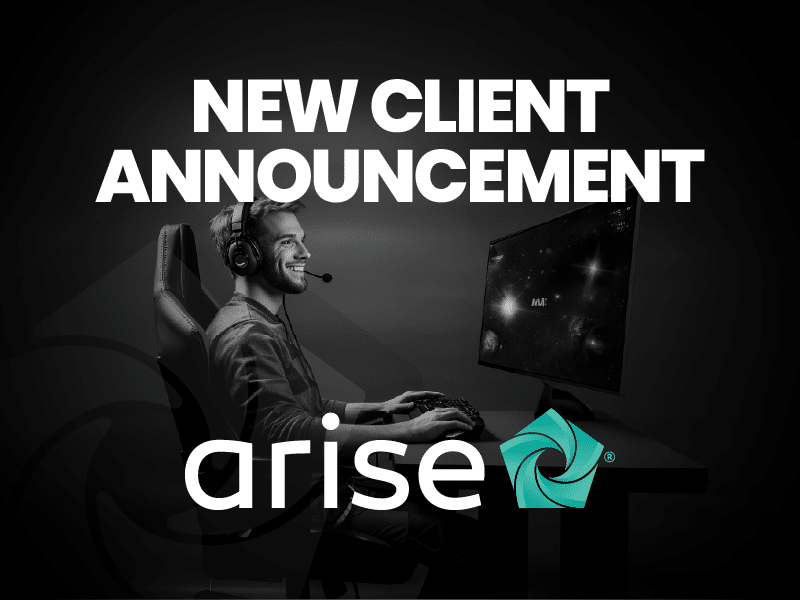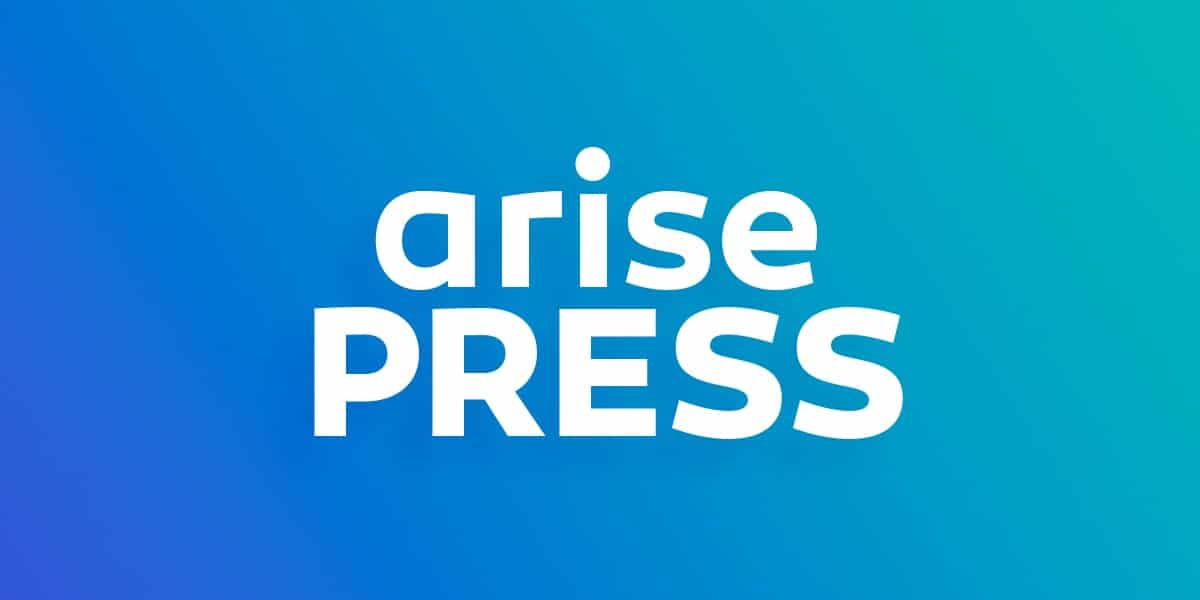"Things have changed in our space faster in the past two years than I've ever seen,"
Philip Bennett Customer Service Operations Manager at Empire Today.
We couldn’t agree more Philip. New technology, new strategies, new metrics…it’s a totally different ballgame for CX professionals. But perhaps the thing that has changed the most is the mentality of the very people we are working to serve: our customers.
Customers do not think (or behave) like they used to. Major shifts in consumer psychology were already happening, but in many ways these were accelerated through the pandemic. With all the recent complexity, many brands have given up on even trying to decipher customer behaviors. But world-class organizations are digging deep. They are leveraging new voice of customer capabilities to stay relevant and win market share. We can learn from these enterprising CX leaders.
We are still very much in the “Experience Economy”, meaning that understanding customer behaviors is not a luxury. It’s a fundamental requirement for businesses to grow in the coming era.
When it comes down to it, CX work is still so much about understanding expectations and following through on promises made. These expectations are being formed far outside of our control, however. The concept of “expectation transfer” (when other businesses innovate, creating a new behavior or expectation for customers) is happening all around us.
Our response as cx leaders?
We simply must become even more capable of understanding the unique nature of these beliefs as they evolve!
Here are three examples of modern customer expectations that cannot be ignored:
- Excellence in digital channels: upwards of 80% of customer interactions are taking place inside of digital channels such as an app, website, self-service portal, or virtual community. If we are going to make these things available, they’ve got to be good.
- Ease of business / flow of information: customers have very little patience for an organization that cannot get out of its own way. If you make it difficult to achieve objectives or obtain information, more capable competitors are ready and waiting.
- Helpful personalization: personalization is finally more than sending a birthday email. Genai has brought true personalization, at scale, into the realm of possibility.
As cx leaders, one of the most critical roles we play is that of helping organizations understand emerging trends such as these above. While the “brand promise” does not change, the way organizations go about fulfilling the promise does. Let’s look at three principles we can embrace that will help your organization to stay ahead of the “customer curve.”
Principle One:
A Flexible Guide
Customer psychology is complex. There are many paradoxical beliefs that lead to unpredictable behaviors. One example of this would be the customer’s desire to both be in control…and to be led to a solution.

The sweet spot is for customer support professionals to act as a flexible guide. In Building A Story Brand, Donald Miller talks about how we as the business are not the hero of the story. It’s actually the customer. The journey is theirs, and we act as a capable navigator to help the customer reach “their definition of success.”
The role of guide is such a powerful metaphor for organizations to embrace. Not only does it take the focus away from themselves, but it clarifies the tremendous impact they have on the customer’s journey.
Achieving the state of a flexible guide is critical for today’s customers. They want to feel like they are in control of their own journey. A guide who is capable but is forcing them through the motions and not customizing the experience, will not be well-regarded. The customer feels voiceless and perhaps even manipulated. Interactions like these do not earn loyalty.
A flexible guide, on the other hand, would not immediately force customers down a path of automation anytime there is an issue. They will be proactive to understand the nature of the customer’s friction point and nudge towards the best resolution channel. This will often take the form of making people available to customers, without having to jump through a variety of automated hoops.
Principle Two:
A Sense of Identity
Customer psychology is complex. There are many paradoxical beliefs that lead to unpredictable behaviors. One example of this would be the customer’s desire to both be in control…and to be led to a solution.

People are desperate for connection. In a world overcome by isolation, the best brands are finding creative ways to transcend the transactional. They are taking bold steps to help customers feel a sense of identity through their brand association, and it’s paying off.
“What doesn’t seem to pay off is an inauthentic, wishy-washy ticking-off of corporate boxes. Customers tend to view this as dishonest manipulation, and this can quickly invalidate their brand identification and social proof, causing a mass exodus of customers to competitors who empathize with their values on a deeper level” says Mary Drumond, the Vice President of Marketing at Neighborly Software.
Loyalty is being awarded to brands who have a human feel. These are companies that have earned our trust and established a meaningful connection. Relationships like these are forged by authentic ambassadors who care about the organization they are serving and are “on mission” towards a united brand promise. Learn more about how to generate this type of ambassador right here.
Principle Three:
An Ear to Listen
For those that are serious about understanding these rapidly changing customer expectations, enhancing voice of customer (VoC) capabilities might be the most important thing. Our “VoC Engine” (to use a Jeanne Bliss term) is both the power to move the CX initiative down the road, as well as the mechanism we use to measure our success.

A “v8” voice of customer engine looks like this:
- Using modern voc technology that is capable of centralizing, organizing, and analyzing customer data of all types, both structured and unstructured.
- Creating a culture of listening in which customer support professionals take their role of capturing and protecting the customer’s voice very seriously.
- Using modern cx metrics that represent real customer outcomes, not just hypothetical comparisons. Cx leaders are finding inspiration from the function of “customer success”, adopting metrics like a customer engagement score and customer lifetime value.
An outdated voc program is preventing many organizations from understanding customer expectations at the level required to personalize. As an example, knowing when to exceed an expectation versus simply striving for a consistent delivery with the best outcomes.
Conclusion
CX leaders have the power to future-proof our business through customer-centric innovation. But this can only happen if we make the investment to truly understand changing customer psychology. There is no predicting how the customer of tomorrow will think and behave. Forward-thinking CX leaders will build a capable voice of customer engine today that will place their organization on the road to long-term success.
Arise can help on the path to customer connection. Our consulting team specializes in understanding the unique nature of customer expectations, and how to best accelerate customer experience transformation. Book a free consultation with us here.
Additionally, Arise offers an extensive network of independent Service Partners who embrace the flexible guide mentality. Having the right people at the right time for these critical service interactions is proven to set you apart from the competition. Learn more about our flexible model that has redefined contact center outsourcing.




